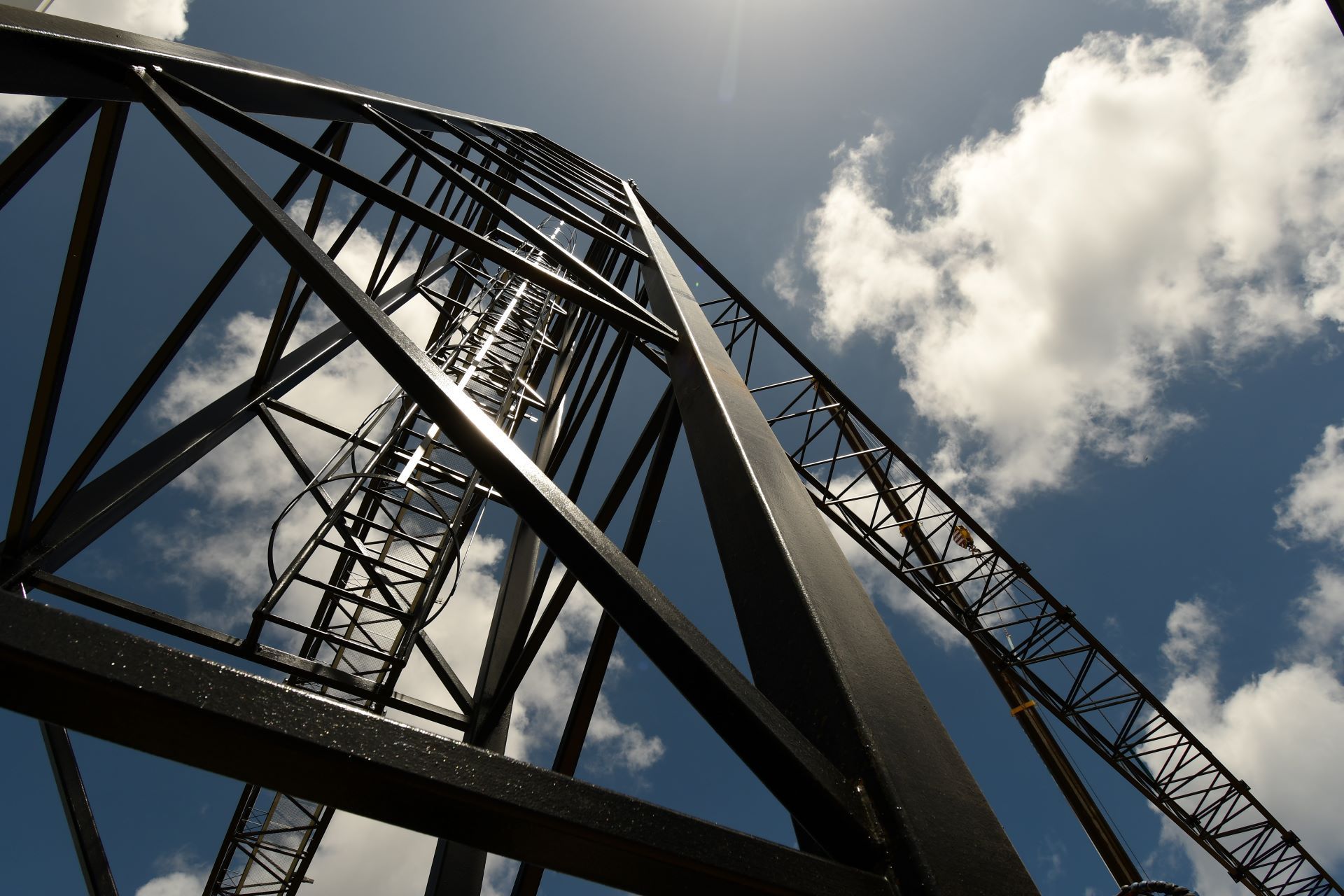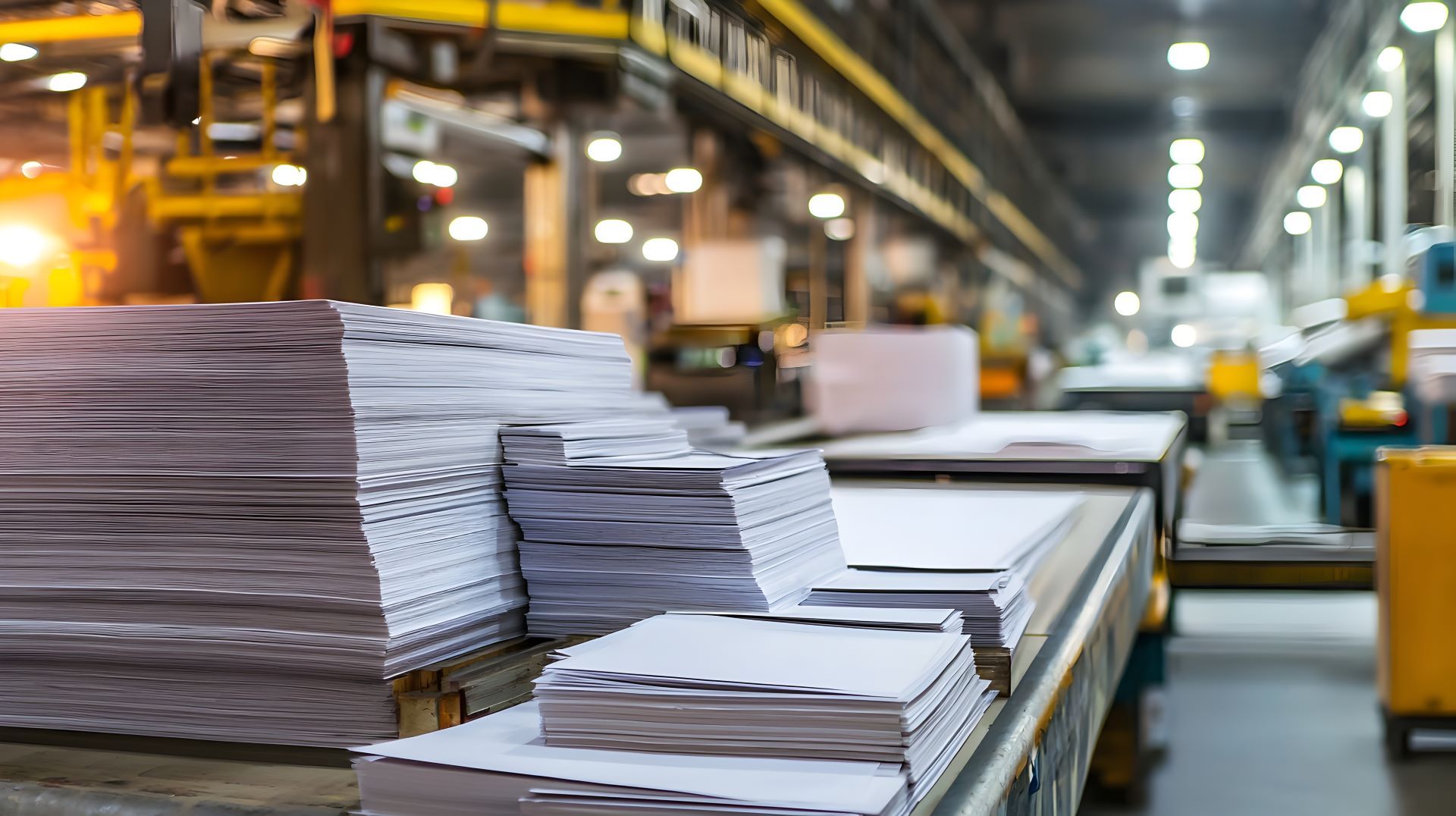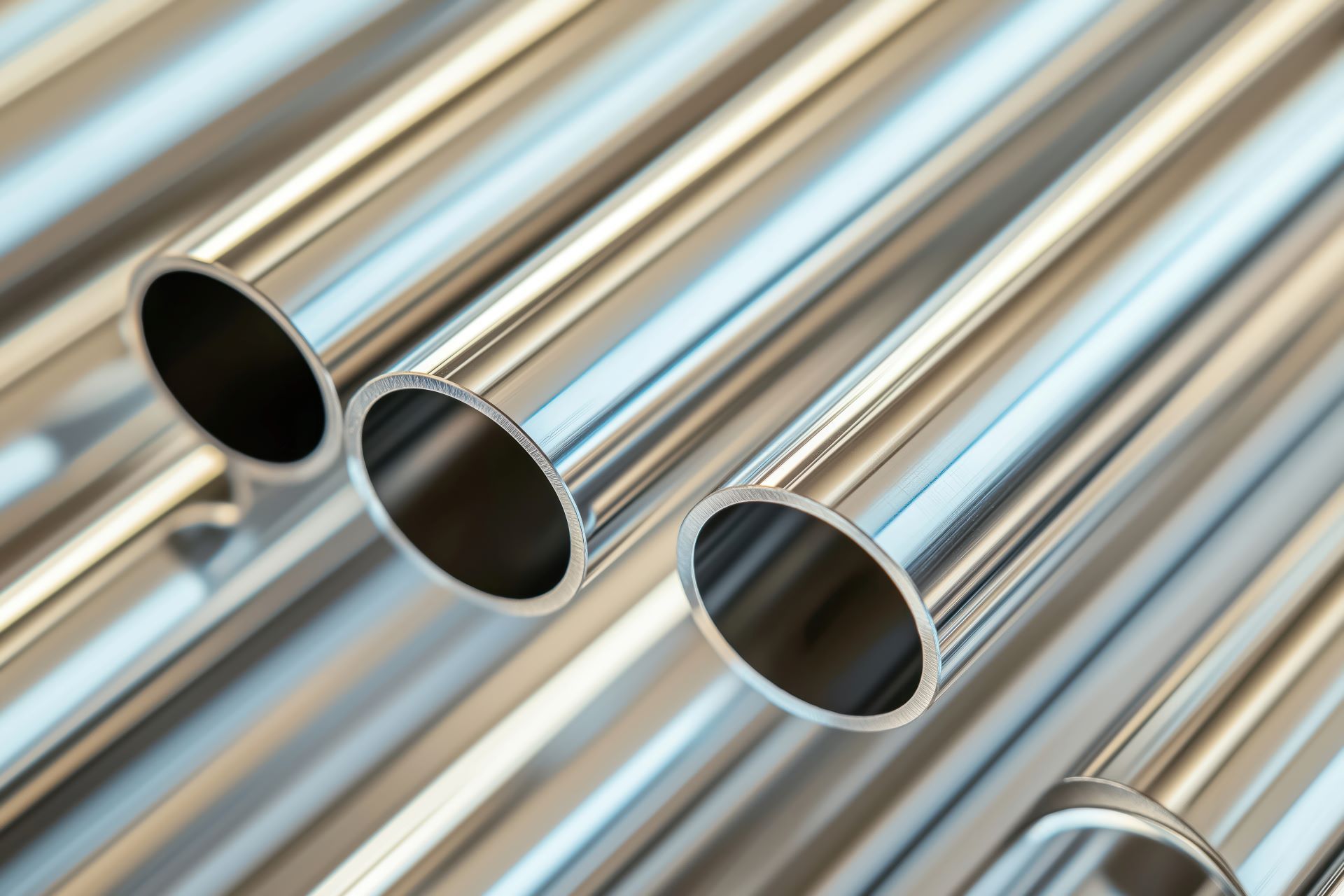Aluminum Coil vs. Sheet: What’s the Right Fit for Boat and Signage Applications?
Aluminum is a cornerstone material across marine and signage industries due to its strength-to-weight ratio, corrosion resistance, and workability. Among the different forms of aluminum available, coil and sheet are two of the most commonly specified for fabrication. While they may appear similar at first glance, each format offers unique benefits and considerations depending on the application.
This guide breaks down the key differences between aluminum coil and sheet, identifies which is better suited for boat manufacturing and signage projects, and offers technical insights to help you make the right choice for your fabrication needs.
Understanding the Basics: Coil vs. Sheet
Aluminum Coil is essentially a continuous strip of aluminum wound into rolls after processing. It is often produced through a rolling mill and offers flexibility in length, making it ideal for automated fabrication systems or applications that require long, uninterrupted runs.
Aluminum Sheet, on the other hand, is a flat, cut-to-length aluminum product typically available in standard widths and lengths. Sheets are easier to store, transport, and handle in smaller batch fabrication environments or where specific dimensions are needed.
Dimensional and Processing Differences
| Feature | Aluminum Coil | Aluminum Sheet |
|---|---|---|
| Form | Rolled in continuous lengths | Cut into fixed sizes |
| Length Flexibility | Highly flexible (custom lengths) | Limited to standard dimensions |
| Ideal Use | Continuous fabrication, forming, stamping | Laser cutting, CNC machining, panel work |
| Storage & Handling | Requires uncoiling equipment | Easier manual handling |
| Common Grades | 5005, 5052, 6061 | 5052, 6061, 3003 |
These mechanical and logistical differences often determine which form is more practical depending on project scope, production scale, and downstream processing methods.
Marine Applications: Which Form Performs Better?
Boat builders require aluminum that resists corrosion from saltwater exposure while remaining strong and lightweight. In these applications, aluminum sheet is commonly preferred for its rigidity, cut precision, and adaptability in hull, panel, and deck construction. Fabricators can easily cut and weld sheets into various structural forms without the need for uncoiling or flattening.
That said, aluminum coil plays a strategic role in automated production settings, such as:
- Skirting, trim, and hull side panels where long continuous pieces reduce seams
- Roll forming processes for structural reinforcements or interiors
For high-production marine operations, coil enables faster processing speeds and reduced material waste, provided the facility has equipment to handle it.
Signage Applications: Choosing the Right Aluminum Form
In the signage industry, form and finish are critical. Sign panels must resist weathering while offering a clean, polished surface. Here, both coil and sheet aluminum find their place, depending on the specific fabrication process and end-use.
- Aluminum Sheet is typically favored for precision-cut signage elements. It performs well in CNC routing, screen printing, and application of vinyl graphics. Sign shops often prefer sheets for:
- Directional and wayfinding signs
- Business storefronts and architectural panels
- LED cabinet backings
- Aluminum Coil is ideal for producing sign trim, lighted channel letters, and roll-formed border elements. Its continuous form allows seamless creation of longer trims and flexible elements needed for custom fabrication.
When aesthetics and structural integrity matter equally, sheets offer control and precision, while coils bring efficiency to the production line.
Fabrication Considerations
Choosing between coil and sheet also depends on the equipment and processes used in your facility. Key factors include:
- Forming Requirements: Coils are better suited to roll forming or stamping. Sheets are more adaptable to cutting, welding, and CNC processes.
- Storage and Handling: Sheets are simpler to stack, transport, and move manually. Coils may need overhead lifts and decoilers.
- Volume and Throughput: Coil is advantageous for high-volume, repeatable parts. Sheet provides easier setup for short runs or varied part dimensions.
- Surface Finish: Both forms can be ordered with mill finish, anodized, or painted surfaces. Coil often has tighter control over surface consistency due to continuous production.
Corrosion Resistance and Alloy Choice
For marine and outdoor signage, corrosion resistance is non-negotiable. 5052 aluminum is widely favored for both coil and sheet formats due to its marine-grade corrosion protection and excellent strength-to-weight balance. It’s particularly suited for:
- Boat hulls and decks
- Channel letters and signage exposed to weather
- Formed panels and trims requiring bending or shaping
In signage, 5005 is also popular, particularly for anodized finishes. Its superior surface quality and color uniformity make it ideal for visible panels and branding.
Cost and Waste Management
Material selection impacts not just upfront costs but also scrap generation and reusability. Coils, when used with the right equipment, reduce scrap due to custom length control. Sheets may generate more offcuts, especially if standard sizes don’t align with your part layout.
However, smaller fabricators often find sheets more economical due to lower handling costs and ease of ordering smaller quantities. Custom coil processing may carry higher setup and freight charges if not optimized for large-scale output.
Application-Specific Examples
Boat Building:
- Hull plates: Aluminum sheet (5052)
- Side wall paneling: Coil or sheet
- Interior cabinetry and floor pans: Sheet
- Trim and rail cap: Coil
Signage:
- Flat display signs: Aluminum sheet (5005 or 5052)
- Channel letter returns: Coil
- Cabinet back panels: Sheet
- Sign trims and borders: Coil
Ready to Choose the Right Aluminum Format?
Both aluminum coil and sheet bring specific advantages to fabrication workflows. Coil excels in high-throughput, automated setups that demand long runs with minimal seams. Sheet offers accessibility, flexibility, and ease of use in precision cutting and welding environments.
The right choice depends on how you fabricate, what volume you run, and how you prioritize processing efficiency vs. versatility. Whether you're building boat hulls, crafting signage for demanding outdoor environments, or scaling up a production line, choosing the proper aluminum format lays the foundation for performance and cost-efficiency.






